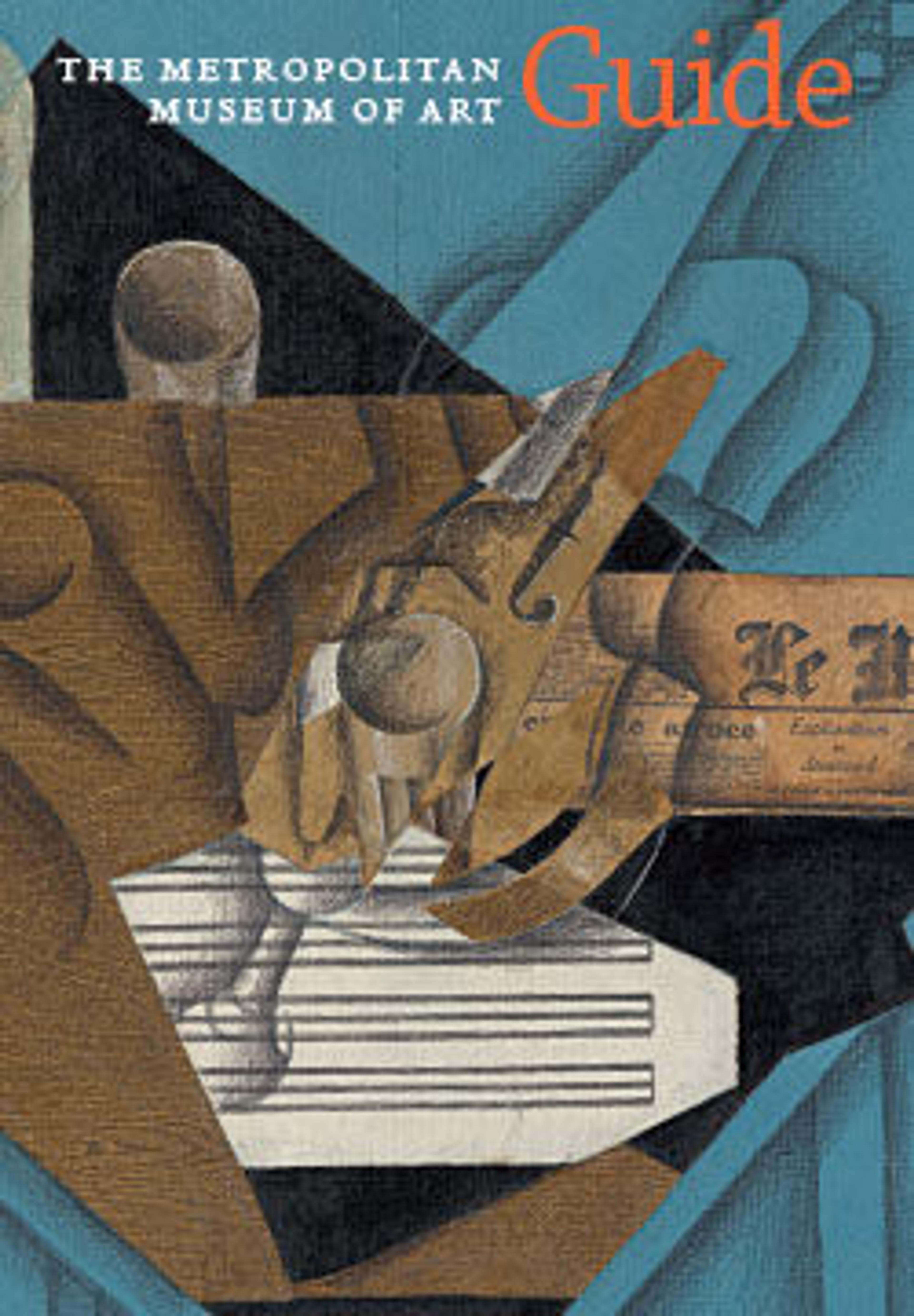Rubens, Helena Fourment (1614–1673), and Their Son Frans (1633–1678)
This painting was seized by the Nazis from baron Édouard de Rothschild in Paris and restituted to him in 1946.
Artwork Details
- Title: Rubens, Helena Fourment (1614–1673), and Their Son Frans (1633–1678)
- Artist: Peter Paul Rubens (Flemish, Siegen 1577–1640 Antwerp)
- Date: ca. 1635
- Medium: Oil on wood
- Dimensions: 80 1/4 x 62 1/4 in. (203.8 x 158.1 cm)
- Classification: Paintings
- Credit Line: Gift of Mr. and Mrs. Charles Wrightsman, in honor of Sir John Pope-Hennessy, 1981
- Object Number: 1981.238
- Curatorial Department: European Paintings
Audio
816. Kids: Rubens, His Wife Helena Fourment (1614-1673), and One of Their Children, Part 1
Gallery 617
[MUSIC—PERIOD INSTRUMENTAL EXPRESSING PEACE, CONTENTMENT.] NARRATOR: Step back a few feet and look at this large painting all at once.
Peter Paul Rubens painted this portrait of himself with his wife and one of their children. How could Rubens paint a portrait of himself? Many artists paint self-portraits by studying their reflections in a mirror.
Rubens married Helena Fourment when he was a widower in his fifties. How old does Helena look here? You might think she’s around the same age as Rubens. Actually, she’s still a teenager, thirty seven years younger than her husband! She holds her little boy on a leading string, so he can’t wander off. He’s named Peter Paul, like his father. He’s only two or three, but he’s dressed like a tiny grown-up. This includes his blue sash and heavy shoes, and a flat, white collar like his father’s.
So where’s the story in this painting? It’s not a myth, a legend, or a biblical scene. Instead, Rubens painted this portrait as a kind of biography. It tells the story of three lives. Take a moment to look at every part of the painting. What does it say about the Rubens family? When you’re ready to continue, press the green PLAY button.
Listen to more about this artwork
More Artwork
Research Resources
The Met provides unparalleled resources for research and welcomes an international community of students and scholars. The Met's Open Access API is where creators and researchers can connect to the The Met collection. Open Access data and public domain images are available for unrestricted commercial and noncommercial use without permission or fee.
To request images under copyright and other restrictions, please use this Image Request form.
Feedback
We continue to research and examine historical and cultural context for objects in The Met collection. If you have comments or questions about this object record, please complete and submit this form. The Museum looks forward to receiving your comments.
